It’s no secret that I am a huge fan of cartoons. I was fortunate as a child to have consistent access to cartoon programing (as well as access to video games, which was definitely the precursor to my passion for gaming), something which, as I look back, I am increasingly grateful for. Although I cannot deny that at times it was a distraction, I believe it is also a resource. While one could certainly argue that I am blinded by the growing nostalgia that seems to be plaguing my generation, and I do admit the content that follows is at least somewhat generated with said nostalgia in mind, I firmly believe that the importance of cartoons, as well as any child-directed media really, is often overlooked. Just as the importance of proper representation within children’s literature has begun to become more widely discussed, so too, I feel, that it is only natural to extend that critical lens towards animated programming as well. With this in mind, I decided to browse my arsenal of watched cartoons and compile a brief list of those which I believe represent some of the best available in regards to proper and non-problematic representation of not only female characters but characters of color as well. I will note for the sake of simplicity that this list does not include anime that did not air in North America, which I hope to cover in another post in the future. This list is also not in any particular order and contains shows that are suitable for a mixture of different age groups, so keep that in mind as well.
Pepper Ann
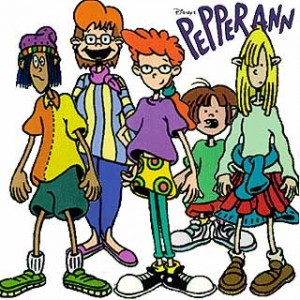 Summary: Pepper Ann, which aired on an Disney amongst other assorted networks, is named after the titular character Pepper Ann Pearson, a quirky twelve year old girl in seventh grade at Hazelnut Middle School, and follows her adventures and preteen struggles as she progresses through adolescence. Alongside her two best friends, Nikki, an extremely intelligent girl with a passion for music and social awareness, and Milo, a native Hawaiian with a gift for offbeat and dramatic art, she gets into a variety of shenanigans involving rivals, bullies, and the journey to find herself socially, personally, and physically.
Summary: Pepper Ann, which aired on an Disney amongst other assorted networks, is named after the titular character Pepper Ann Pearson, a quirky twelve year old girl in seventh grade at Hazelnut Middle School, and follows her adventures and preteen struggles as she progresses through adolescence. Alongside her two best friends, Nikki, an extremely intelligent girl with a passion for music and social awareness, and Milo, a native Hawaiian with a gift for offbeat and dramatic art, she gets into a variety of shenanigans involving rivals, bullies, and the journey to find herself socially, personally, and physically.
Why It’s Feminist-Friendly: “Pepper Ann, Pepper Ann, marching in her own parade, Pepper Ann she’s like one in a million . . .” Oddly catchy theme song aside, Pepper Ann has some of the best representations of “regular” preteen girls and even adult figures in cartoons I’ve ever seen. Although the cartoon definitely has a dramatic and comical flair, Pepper Ann’s struggle to be confident amidst the turmoil of adolescence is genuine and realistic as she battles a desire for acceptance, her position within the social hierarchy of middle school, familial relations, and even the awkwardness involved in purchasing her first bra. Furthermore, her friends, Nikki and Milo, also offer positive representations of a female character and an indigenous character of color as well. Her family also offers another interesting dynamic: her mother is a self identifying feminist who doesn’t fall into the “straw feminist” trope and who at one point even takes Pepper Ann to a “women’s power” program in addition to being a single, working, divorced mother; her sister is a tomboy and gender-ambiguous young girl who is often mistaken for a boy who is wise beyond her years and defies traditional gender norms; even her aunt, who also identifies as feminist, addresses environmental concerns. The cartoon also addresses a great range of issues from racist stereotypes and cultural appropriation (the episode I’ve featured below) to sexism-driven bullying to mother-daughter. Although characters of color, with the exception of Milo, are not as frequent as they could be, I believe for the most part they escape being tokenized or stereotyped. Likewise, while it’s an exceptional series from Disney, it is still, obviously, a product of Disney, and if you have any allegiances against the company for their often problematic behavior, that’s something to keep in mind.
http://www.youtube.com/watch?v=aaClmdcnV1s&feature=player_detailpage
Word Girl
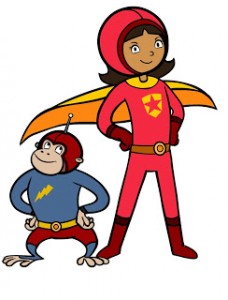 Summary: WordGirl, a series currently airing on the PBS Kids’ program block, follows the superhero WordGirl from the planet Lexicon who assumes the identity of Becky Botsford, a 10½ year old fifth grade student adopted by an Earth couple, while on Earth alongside her sidekick and pet monkey, Captain Huggy Face. She uses her intelligence and her expansive vocabulary to defeat the various super villains that comically torment the city all the while keeping her real identity a secret to her group of friends and maintaining her “normal” life. The educational show aims at empowering kids to develop their vocabulary, and frequently introduces children to “bigger” and more complicated words.
Summary: WordGirl, a series currently airing on the PBS Kids’ program block, follows the superhero WordGirl from the planet Lexicon who assumes the identity of Becky Botsford, a 10½ year old fifth grade student adopted by an Earth couple, while on Earth alongside her sidekick and pet monkey, Captain Huggy Face. She uses her intelligence and her expansive vocabulary to defeat the various super villains that comically torment the city all the while keeping her real identity a secret to her group of friends and maintaining her “normal” life. The educational show aims at empowering kids to develop their vocabulary, and frequently introduces children to “bigger” and more complicated words.
Why It’s Feminist-Friendly: WordGirl, while a cartoon that is generally aired for a slightly younger audience, is one of few on the mainstream market that offers children, especially female children, a non-problematic female superhero. Becky is an extremely intelligent young girl with a wide vocabulary, and is often presented as smarter and more competent than the villains she faces. Furthermore, although she is technically an “alien,” she is distinctively not white, as evidenced by the contrast in skin tone and could be considered a character of color, marking her as a PoC superhero, another rarity in the market. Her family is also comprised of characters of color, creating a refreshing proportion of PoC to white characters, especially in the main cast. Furthermore, the show offers an interesting family dynamic as Becky is the adoptive child of the Botsford family. While I haven’t extensively watched the series, the villains are notably designed for the comedic value, and in my experience I haven’t found any problematic portrayals.
http://www.youtube.com/watch?v=H35nhdCfFD0
Sailor Moon
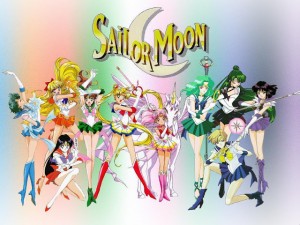 Summary: Sailor Moon, a legendary Japanese anime and one of the early creators of the magical girl genre (which for the most part is a very feminist friendly genre), follows a group of female superheroes, each an incarnation of a different planet in our solar system led by the titular character Sailor Moon, the Moon Princess and guardian of the moon. This long and elaborate series begins when fourteen year old Usagi (called Serena in the English adaptation) meets a mysterious talking cat named Luna who informs her that she is really the Sailor Senshi (Sailor Soldier) Sailor Moon, a magical warrior who is destined to save the world from the powers of evil. Throughout the series she must find and awaken the rest of her guardian team and unite with them and her true love Tuxedo Mask to defeat the various forces of evil seeking conquest. The focus of the series especially revolves around the power of friendship.
Summary: Sailor Moon, a legendary Japanese anime and one of the early creators of the magical girl genre (which for the most part is a very feminist friendly genre), follows a group of female superheroes, each an incarnation of a different planet in our solar system led by the titular character Sailor Moon, the Moon Princess and guardian of the moon. This long and elaborate series begins when fourteen year old Usagi (called Serena in the English adaptation) meets a mysterious talking cat named Luna who informs her that she is really the Sailor Senshi (Sailor Soldier) Sailor Moon, a magical warrior who is destined to save the world from the powers of evil. Throughout the series she must find and awaken the rest of her guardian team and unite with them and her true love Tuxedo Mask to defeat the various forces of evil seeking conquest. The focus of the series especially revolves around the power of friendship.
Why It’s Feminist-Friendly: There is a lot to mention when discussing Sailor Moon as a very feminist friendly show. Besides the obvious focus on a nearly entirely female cast, even including the villains, (an unfortunately unique feature for cartoon programming in and of itself) and the message of female empowerment that comes across so directly from an entire team of female superheros, it presents the girls with a sense of realism and diversity in a way that any viewer can find some way to relate to the girls. Every character is made to be complex, each with their own strengths and weaknesses, even going so far as to make Usagi/Sailor Moon herself a very flawed hero. This allows the series to show the individual strength that each girl has and to emphasize the power that they can harness from it, particularly as Usagi/Sailor Moon must find the strength in herself to overcome her doubts and weaknesses to literally save the world. Furthermore, while even female heroes generally find strength in traditionally masculine ways, the characters of Sailor Moon also find strength in their femininity and their feminine power, emphasizing the message that girls do not have to be weak in a way that is easily understood by children. The series is also notable for the portrayal of a lesbian romance between two of the Sailor Senshi, Uranus and Neptune, as it creates a genuine and touching relationship between the two in a healthy and normal way that doesn’t “Otherize” it as unusual or strange. I will say, however, that in order to get the full experience the original Japanese dubbing with English subtitles is almost necessary, particularly as Sailor Uranus and Neptune are dismissed as “close cousins” rather than lovers, but, hey, exposure to other languages is a good thing anyway, right?
http://www.youtube.com/watch?v=A451S3TbWOc
Avatar: The Last Airbender
![]() Summary: Avatar: The Last Airbender, an original series that aired on Nickelodeon, is set in a world of four great nations, each corresponding to an element: air, fire, earth, and water. Certain persons, called “benders,” of each nation can control their nation’s respective element using various styles of martial arts. But one figure, the Avatar, the bridge between the spirits and the living world reincarnated after the previous one’s death, can master all four elements and is in charge of bringing harmony in the world. When Katara, a waterbender, and her brother Sokka discover the new Avatar, a young airbender named Aang who had disappeared for one hundred years frozen inside an iceberg, they must help him master the rest of the elements and defeat the Fire Lord, who is leading the Fire Nation in a war to conquer the rest of the world.
Summary: Avatar: The Last Airbender, an original series that aired on Nickelodeon, is set in a world of four great nations, each corresponding to an element: air, fire, earth, and water. Certain persons, called “benders,” of each nation can control their nation’s respective element using various styles of martial arts. But one figure, the Avatar, the bridge between the spirits and the living world reincarnated after the previous one’s death, can master all four elements and is in charge of bringing harmony in the world. When Katara, a waterbender, and her brother Sokka discover the new Avatar, a young airbender named Aang who had disappeared for one hundred years frozen inside an iceberg, they must help him master the rest of the elements and defeat the Fire Lord, who is leading the Fire Nation in a war to conquer the rest of the world.
Why It’s Feminist-Friendly: Avatar: The Last Airbender is a beautiful, inspiring, and innovative cartoon heavily centered around plot with an assortment of female characters whom many consider to be some of the best written in the field: Katara, a compassionate but strong willed waterbender; Toph, a small but incredibly strong earthbender whose blindness doesn’t prevent her from being cantankerous; and Azula, the daughter of the Fire Lord with a sadistic streak and a lust for physical power, among others. It is an incredibly diverse cast, each with their own well-defined personalities and motivations, which, while having a male central character, offer a variety of incredibly strong (both physically and emotionally) female characters who easily rival if not exceed their male counterparts in skill and character development. At certain points within the series, a few of these girls also have to defend themselves from sexist assumptions of their lack of abilities. Furthermore, each nation is based on a spin off different Asian and Inuit/indigenous civilizations, giving the characters a variety of ethnicities, skin colors, and cultural backgrounds in a way that results in many critics and fans considering the entire cast to be characters of color. Likewise, Toph’s disability, her blindness, is treated in a way that avoids any ableist tones and is a characteristic that strengthens her character rather than being seen as a weakness. I am disappointed, however, in how Azula’s mental illness is vilified and codified. Although certain other issues have arisen regarding the series, namely problematic things the creators have discussed and their occasional whitewashing of their own characters, it is still a series I would recommend. While Avatar‘s essential sequel, The Legend of Korra does feature a female Avatar and main character that was lacking from the first series, I find that character development was handled much more skillfully in the first series, and given Korra’s forced romantic plot that overwhelms it, I much recommend the original over it. Note: the episode attached is in the second season, and does come with spoiler warnings.
http://www.youtube.com/watch?v=yCu5ZFzpcA4
Burka Avenger
Summary: Burka Avenger, a Pakistani cartoon, has actually not yet been released in English, but is readily available with English subtitles online. The story is set in a fictional city in northern Pakistan and follows Jiya, a teacher at a girl’s school who doubles as a superhero called the Burka Avenger, fighting crime and protecting the school, and the children who help her, Ashu, Immu and Mooli. Jiya hides her identity and uses a sort of martial art style using school supplies to defeat the villains who believe that girls should not be educated and who want to destroy the school. Although it is a new series that is currently premiering, it has been noted extensively online.
Why It’s Feminist-Friendly: Bruka Avenger offers viewers a look at a superhero tale that is far removed from Western culture. It’s message is quite clear, as it is repeated directly numerous times throughout the show and emphasized in a way that might seem overkill for adults but is probably useful for children: the importance of education and that girls and women should have access to the same rights that their male counterparts do. The animation is pretty poor and choppy, but it is entertaining nevertheless and the message is straightforward and direct. Jiya’s donning of the Burka not only disguises her identity but turns a symbol that is typically interpreted as being one of oppression into one that instead gives her strength. Even outside the burka, as a school teacher and activist, she betters the community in a more reachable and “average” way. Avoiding explicit violence and instead focusing on strength in education, especially as the Burka Avenger wields pens and pencils among other tools in combat, this show is unique for presenting an attainable role of heroism while presenting real life “villains” and issues instead of relying on super villain opponents.
Honorable Mentions (aka series I wanted to include/recommend but couldn’t squeeze in): As Told by Ginger, Adventure Time, The Powerpuff Girls, Horseland, Teen Titans, Arthur, The Wild Thornberrys, Hey Arnold!
Do you agree with my recommendations? Do you have your own personal favorites ? Let me know what you think in the comments!


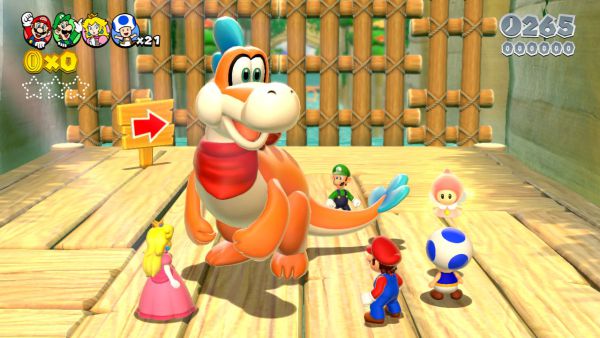
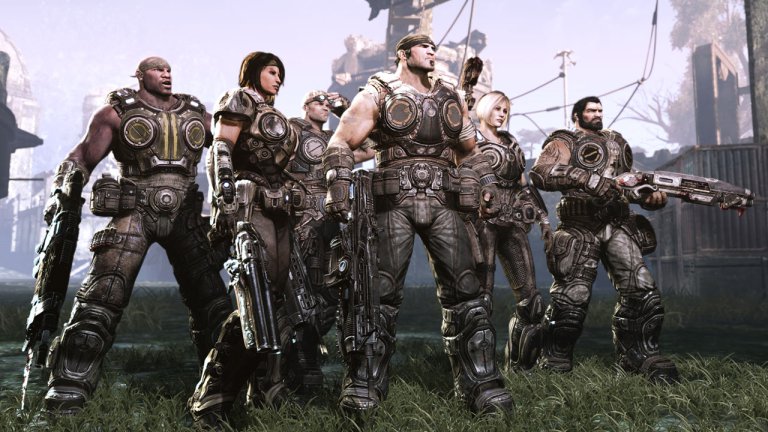
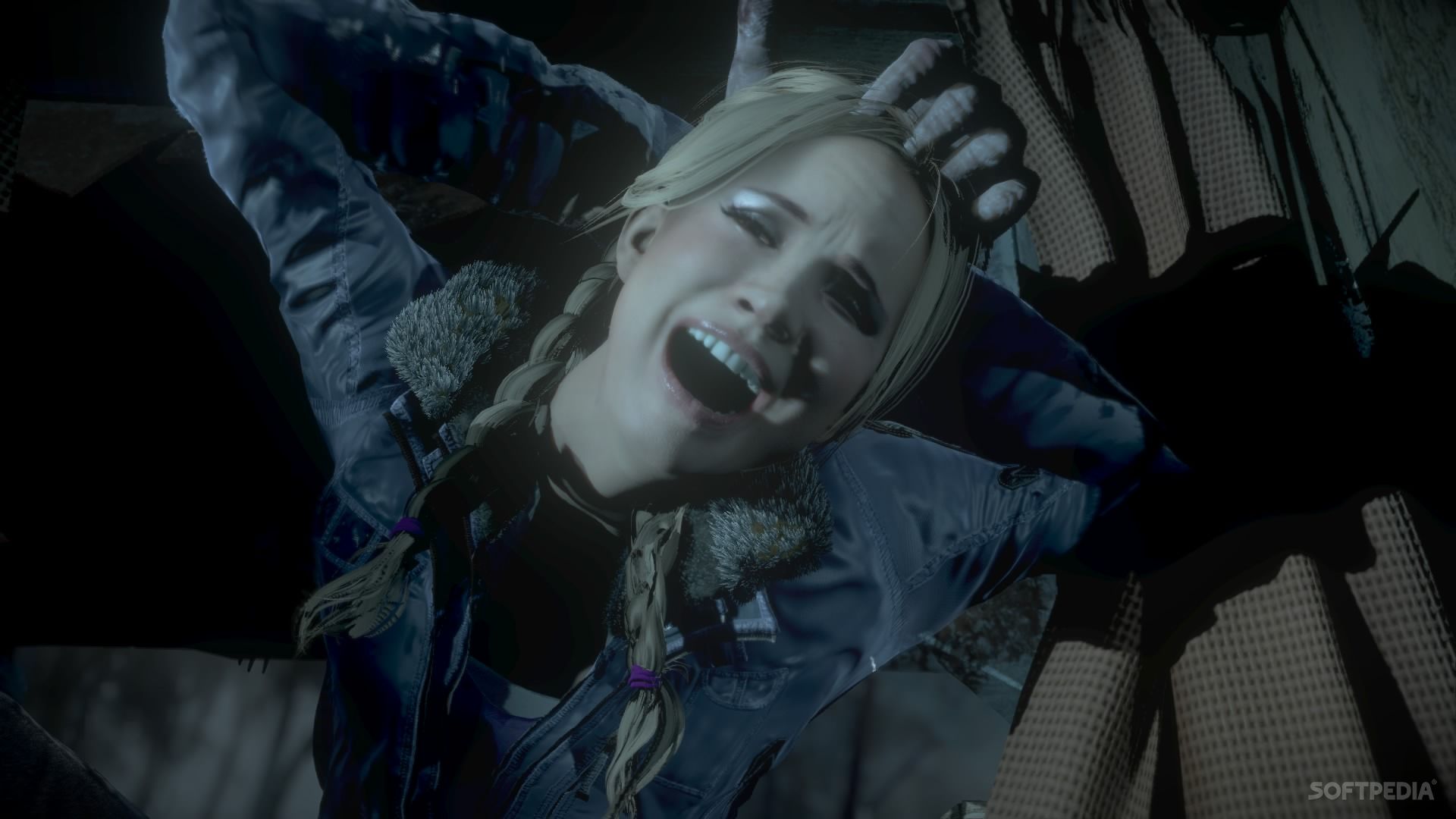
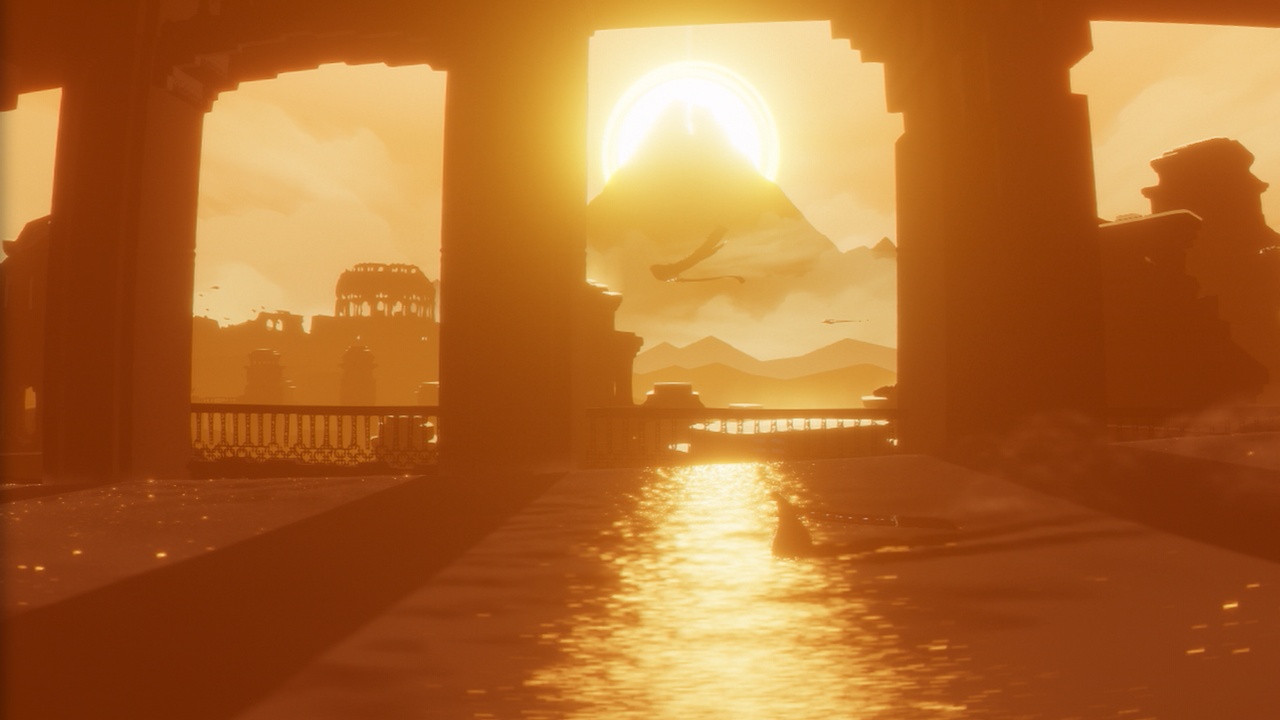
6 thoughts on “Five Cartoon Recommendations for Your Budding Feminist”
One you might want to add to this well-made list:
“Pokemon: Diamond and Pearl” contains the character Dawn, who is a fairly intelligent and strong-willed girl, and is portreyed as “equel” as Ash Ketchum.
Also, keep your eyes open for next month’s premiere of “Sabrina: Secrets of a Teenage Witch.” From the scattered bits and pieces of news I’ve heard arounnd the internet, it sounds like Sabrina is going to be much stronger than she had been portreyed in past shows/comic books.
I don’t have anything particularly against the depictions of the girl counterparts of Ash, and I love Pokemon, but I’m not really a fan of how the girl inevitably ends up his sort-of romantic interest for the season and how it’s always a ratio of at least 2 boys, 1 girl, sometimes with even more boys (like May’s brother who tagged along).
Before your comic I had no idea Sabrina was getting rebooted! I just looked it up and while the animation is rather awful I’m interested to see how it compares to the other animated series, which I loved.
What about My LIttle Pony: Friendship is Magic? This show features six main female characters, all sporting different strengths and challenges, and their adventures demonstrate a variety of ways to be a girl and to be friends with other girls. The characters face their own problems and solve them, they talk it out when they can, but they are also badass fighters when the situation calls for it. Most of the interactions that happen in the show are between women — viewers are at times hard pressed to find a significant male character besides the baby dragon, Spike. I think these ponies are some of the most well-rounded, interesting, and empowering female characters on television, and I highly recommend the show for anyone — not just anyone with kids. This is one show that doesn’t bore the parents; there are tons of pop culture references for adult amusement.
A bit more on what I mean by “anyone”: the Brony movement (guys, generally ages 13-35, who watch ponies, bro + pony = brony) illustrates how deeply the show’s themes have spoken even to a male audience, yet the show does not cater to them even after its producers become aware of just how widespread its popularity is with the older — mostly male — audience. See the Brony documentary if you want to assuage your fears about young men watching a show targeted toward girls ages 2-6.
I am very familiar with MLP: FiM, and am also a fan of the series for the most part. I also really like it and think it has some good values to teach children. However I am a little iffy with the way they try to subtly not-so-subtly portray race; namely, in the form of Zecora, the clearly African character, who is not only not a pony (zebra) but is also seen as eccentric and odd even after she’s discovered not to be evil and also the portrayal of Native Americans in the form of the buffalo/bison characters (again, not ponies) wearing cartoonized headdresses and also simplifying the conflict between settlers and the indigenous people.
This addresses it a little further, and it’s fairly easy to Google to find other resources related to it: http://blackfeministmanifesto.tumblr.com/post/36914802467/racism-and-my-little-pony-a-critical-eye-of-whiteness
But I do still enjoy the show!
Sarah, you took the words right out of my mouth! Ok, technically it’s my fingers, but you get it. I just started letting Pea watch MLP because I wanted to wait until she was old enough to talk about the issues that exist in the show and how horrible it is that the ponies pre-judge both Zecora and the buffalo and also how it doesn’t make them horrible ponies…just ignorant ones. And also to talk about how it’s the folks who don’t change (like the ponies ultimately did) who are horrible people/ponies
Oh, I completely agree! My husband and I find the ponies to be completely racist. They make rude comments about mules: “Too cool for mule”. In the Sisterhooves Social episode in season 2 Applejack and Applebloom are rounding up the sheep, and as the last sheep go into the pen, they say “You could have just asked”, and then the gate slams in their faces. The Cranky Doodle Donkey episode is another one that bothers me; while Pinkie Pie is trying to be nice, in the flashback to the Grand Galloping Gala, the two donkeys seem so out of place, and no other animals besides ponies were in the actual Grand Galloping Gala episode at the end of season 1. The buffalo, as you mention, are the focus of my least favorite episode, least favorite precisely because they are portrayed as instigators, uncompromising, and petty.
And Zecora is the first and foremost example. She can’t even live in Ponyville, but has to be removed, further exoticizing her! She’s my favorite character in spite of her portrayal.